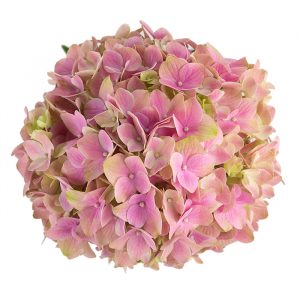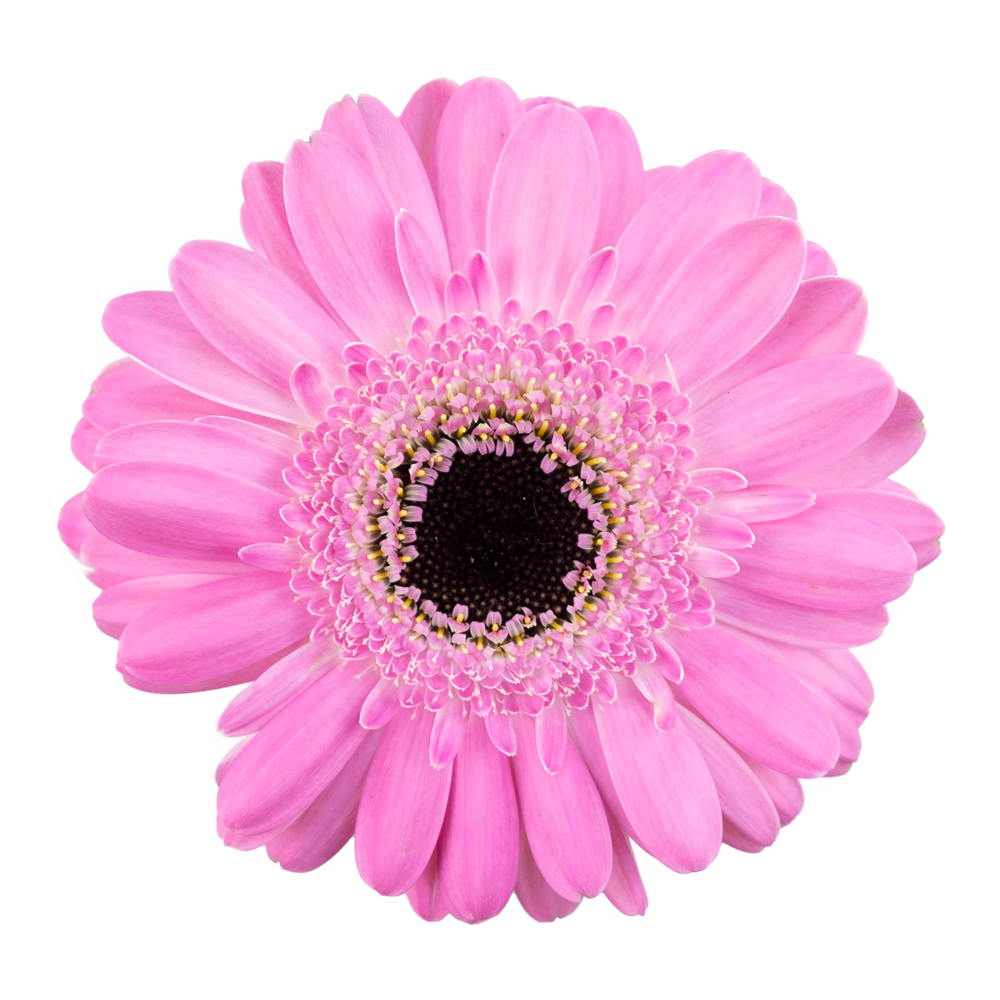Our Mystic Flowers’ Cool Hunting Segment is created to inspire you by presenting floral designers and artists who transmit their essence through their work. One of our key goals is to constantly inspire wholesalers with the industry’s latest trends so that they can always have access to a renovated perspective when making buying decisions.
We proudly present Alex, floral artist, founder, and founder of the school Savia Bruta in Madrid, Spain. We can define his creations as bold & experimental. Alex is an artist known for his avant-garde designs, showcasing an on-trend style.
Let’s discover his amazing work!
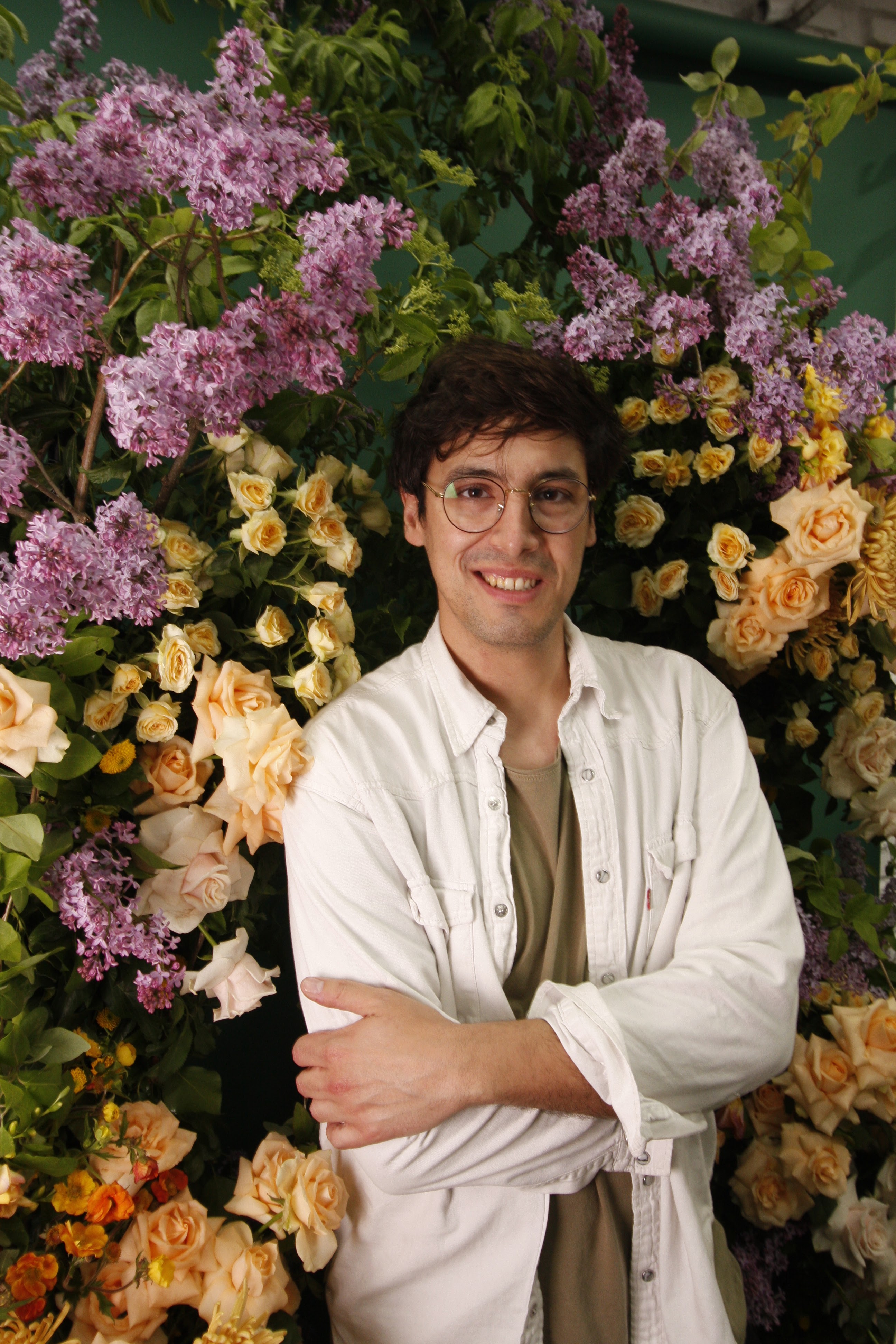
Tell us a little bit about yourself, how did you start in the floral industry?
Well, I’ve been working in the floral industry during my whole professional life, 15 years ago. I started in this business basically because I like it, nobody from my family has worked in it, so I just simply really love flowers and plants. I started studying gardening and floral design. Truth is, it always felt natural to me. I was very lucky and had lots of support from the school I attended.
Cool! Where did you study?
I studied at The Floral School of Catalunya, in Barcelona. I studied a superior formative cycle, a course subsidized by the state that is no longer available. It was a two and a half year course where, aside from floral design, we also studied drawing, color theory, computer science, gardening… It wasn’t just floral design, we studied a variety of topics related to fine arts.
So, at what moment you said “I’m going to become a floral artist as a professional career”?
Well, I finished my studies and started working with Bourguignon (@bourguignonflor), and I also worked in The Netherlands. Truthfully, I always (until I opened my business) worked for others. My business was born eight years ago, and until then I’ve been working for other people, other artists, and helping teachers with their courses. And then, eight years ago, I opened my own business and due to the birth of Salvia Bruta, I started working as a teacher at the school I attended.
Since then, what motivates you to conform not only to business but also a school?
I was working as a teacher at the school I attended. There, I saw a lot of things that didn’t make sense to me, so, for example, during my two years course I never did a ceremony arch, a green wall, or a hanging installation. The things we studied at school were uncommercial and unrealistic, with lots of structure I focused on becoming a “renowned artist”. But unfortunately, not everyone can become a renowned artist, so It’s important to learn a little bit of everything in this industry. So then, I created this school where I teach how to do things in practical, everyday use for a floral, professional business. This, by being more realistic and making it a shorter, more intensive course. Truth is, I can’t complain because, at the end of the day, Spain is a small country with not so many people living in it, so the fact that we are doing well and a lot of people from Latin America come to study with us make me realize we are growing, step by step, as a renowned school. Institutes here in Spain are very consolidated and have 40 to 50 years of experience, so we work with students that are already professional florists and aspiring florists.

In a very short time, you have become a renowned school abroad in Spain and Europe. So, my next question is: how do you interpret trends? How do you identify what is trendy from what is not?
Look, at the end of the day, I always do what I like. I mean, if there’s something that doesn’t, please me, then I won’t do it. So, for example, right now the Ikebana floral style is super trendy and when I was at school, at that time, it was very outdated, hence I never learn Ikebana, and it is a style that lately has become super strong and trendy. It happens with everything, trends come and go, and I enjoy it. I’m not an expert in Ikebana so I prefer having a person that teaches it and gives the lectures at school. But apart from Ikebana, I’ve always done what I like. I won’t use a trend that doesn’t please me.
So, you’re being true to yourself and your style
Yes, so, for example, tinted flowers. I love tinted flowers; I enjoy using tinted materials and
manipulating them. If I didn’t enjoy it, I wouldn’t do it and right now it is super trendy. So, it’s also a matter of chance, something that I like but also something that is trendy.
This relates to the teachers and the team you select to teach a certain style, technique, or trend.
Truth is, I’ve always been true to myself. Our teachers are people that have studied with us. I mean, teachers, assistants, floral workers, if we need people for a specific event or wedding, we always count on someone who has studied with us. In that sense, we always give chances to our students to work.
Great, and what are those three main aspects a floral artist should have?
For me, first and foremost, to be a good person, and a hard-working one. If a person is super talented but is entitled or rude or is not a hard worker and is always on their phone, then that doesn’t work for me. I need someone who can be a hard worker and a good person. Then, if he or she wants to become a floral artist, eventually (with will and hard work) he/she will get there.
What are the main challenges you’ve had or you consider the industry has?
Floral design, plants, and flowers are super trendy right now. Fortunately, in publicity spots, video clips, and theater they all want to have flowers and we are lucky for that. Apart from this, floral design
is (at least here in Spain) an unprofitable profession, meaning that if you want to do things right, you need a lot of workforce and high-end materials, and those things require a lot of money that people are not willing to pay for, so that’s a big issue to be honest. I recall having read an article in The New York Times that said:” Business that will disappear in the future” and one of them was being a floral designer… I always have that in mind, I think about it, and … it can happen, because flowers are becoming more expensive, people are demanding more money, and time is money. Unfortunately, the flower industry is not like the food industry. Restaurants spend more but people at the end of the day need to eat, to nurture themselves. It’s a real need. Flowers are a real need, but not for everybody, so
every time it gets trickier. This is why quality becomes a must and distinction can go with the product itself.
Very challenging indeed. However, tell me more about your references, where do you find inspiration? What moves you and how do you decide to create new things?
It depends, so for example, last Christmas I had a showcase at Barcelona Flowers Market to introduce upcoming trends for that season, so I had to create ten different arrangements. I work very well under pressure, so at the beginning, I said: I won’t be able to think and develop ten works! I won’t! but days were passing by, and I kept working on my arrangements and thought about the dateline pressure. This pressure makes me light the candle in my brain and think efficiently to get the work, to get the
ideas. But many times, inspiration comes from very silly thoughts. For example, next week we have a three days’ workshop, with three weddings and I was with my family at home where my dad has a crop with lettuce and many green vegetables. Right now, here in Spain, these types of green vegetables are very trendy, so I thought: why don’t we use all green vegetables a day in one of our three days’ workshops. So, inspiration comes from unexpected things, silly stuff that if you are aware of, and know how to do, then these things can become works of art. But I don’t have an inspiration source where I can always rely on, it usually happens in a very sporadic way.
Going into the Mystic product, what inspired you to make that composition, what was your input when using the quicksand to create the material you previously sent us?
The material itself was the source of inspiration. I didn’t want to use any other material that wasn’t the rose. That was the main source. To create a mono material work with wide open roses and lots of depth, an organic shape and that’s it. Very beautiful roses by the way.
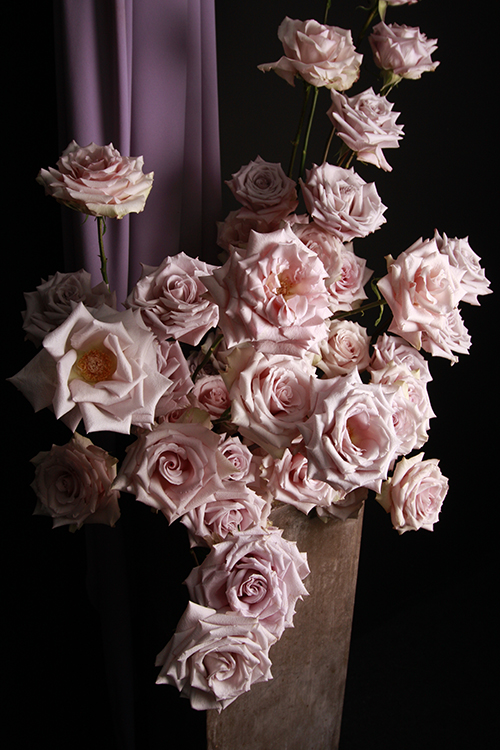
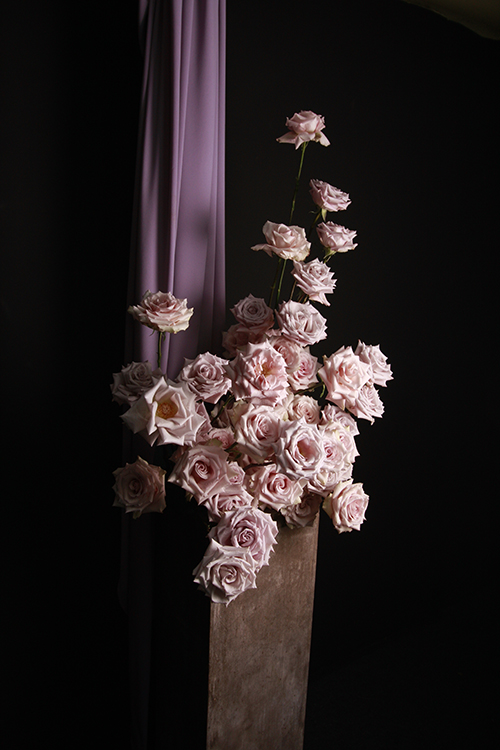
I love the concept of mono material so, what do you like about the two varieties you received (Menta and Quicksand)?
Yes, Menta and Quicksand. Well, the rose itself is fantastic! I didn’t see anything wrong with it and I really like those two varieties, they are super trendy right now. I remember precisely when we started buying the Menta rose because it opened beautifully and was very economical. It was the best rose we could get from the ones that came from The Netherlands. Besides the openness and the price, the color was also very and has become super expensive. It’s a variety I really appreciate because I remember it from those early days, and one of the few roses I can identify, its name is easy, and I always have it in my mind.
On the other hand, Quicksand is also a very pretty variety, trendy, and usually very expensive too, especially due to its use, mainly for weddings and its color.
What do you think about our catalog?
You have a lot of options for colors and varieties.
What do you think about Mystic Roses?
In terms of variety and color, it’s a very good rose! I usually never work with growers.
What is your favorite flower, the one you prefer and consider best represents you as an artist?
That’s a difficult question because I don’t have a favorite one! I like to work with everything, and I can find a way to work with them, so if you ask me in the opposite way which I don’t like then I won’t have an answer either. That’s because you can always find a flaw in any flower, even if you’re working with lilies, the most traditional and plain type of flower, you can turn it around and create something innovative. So many times, flowers can have this type of connotation assumed by us humans. If you’re a good floral artist or designer, you can always go further and create something beyond these connotations.
Totally valid, so what advice would you give someone who is trying to start in this industry?
First and foremost, I would advise them to get a proper education, because if you’re not an expert then how can you pretend to grow in this business? You must study, to go into a school, the one you prefer according to your budget, your interests, your style, your background, whatever you want, but you must study to become a floral designer. If you don’t enjoy everything you learn at school, it doesn’t matter! You must learn it and do it well because maybe in the future you would have to apply all these abilities and knowledge, and this can make a difference and make you stand out as a professional floral artist, so everything is important to learn in this industry.
So, what’s next for Salvia Bruta?
A year of practically full courses, thank God because there’s nothing better than that. I hope we can keep teaching people and keep living from our work. That’s the most important thing for me, to be able to live on this because it’s my passion and my life.
And then, we will also be traveling to Peru in September for a two-day course.
Finally, what is your bestseller course, the most in demand one?
It’s just a course we’re planning to do next week, it’s already full a month ago and it’s called Tres días, Tres Bodas (three days, three weddings) in which we have three days of work, developing three completely different styles of weddings. We start by making a table centerpiece and then we move on to a big dimension piece, so every day is different in terms of style, technique, and composition, among others. So, I guess by being a three-day course and with so much information, people enjoy it.
Alex, thank you so much for your time! Is there anything else you would like to add?
Nothing, thank you for this interview and this warm talk.


